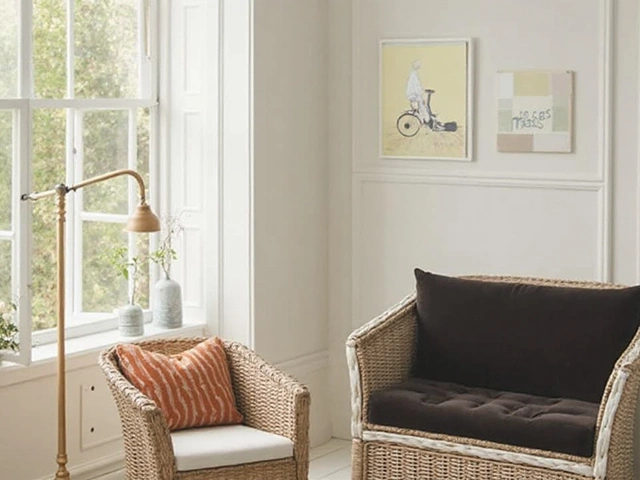Dress Code Basics: Simple Tips for Schools, Workplaces and Events
If you’ve ever stared at a dress‑code email and wondered what to wear, you’re not alone. Dress codes can feel confusing, but they’re really just rules that keep things safe, professional or fair. In this guide we break down why dress codes matter and give you easy, everyday tips to look good while following the rules.
Why Dress Codes Exist
Most places set a dress code to create a clear standard. At schools it helps prevent bullying and keeps students focused on learning. In offices it projects a professional image and can reduce safety hazards – think of labs that ban open‑toed shoes. For events, a dress code makes sure everyone fits the mood, whether it’s casual Friday or a black‑tie dinner.
Understanding the purpose makes it easier to accept the rules. If the goal is safety, wearing proper footwear isn’t about fashion, it’s about staying out of the hospital. If the goal is professionalism, a tidy look helps clients trust you.
Quick Dress Code Tips You Can Use Today
1. Read the policy, then simplify it. Most dress codes list a few do‑and‑don’t items. Write down the top three things that matter most for you – shoes, length of tops and any prohibited logos.
2. Stick to neutral colors. Black, navy, gray and white blend well in most settings. If you want a pop of colour, add it with accessories like a belt or a scarf.
3. Keep it modest. Avoid extremely short skirts, low‑cut tops or anything that shows too much skin. If you’re unsure, err on the side of longer and more covered.
4. Choose comfortable, safe fabrics. For work that involves moving around, pick sturdy shoes and breathable fabrics. In a lab, closed‑toe shoes and long sleeves are often mandatory.
5. Test the outfit before you go. Wear it for a few minutes at home. If you feel restricted or notice any part that could be a safety risk, swap it out.
These steps take less than five minutes but can save you from an awkward dress‑code violation.
Remember, a dress code isn’t about limiting your style; it’s about showing respect for the environment you’re in. When you follow the basics, you’ll feel confident, avoid unnecessary reminders from supervisors and keep the focus on what really matters – your work or studies.
Got a specific dress‑code question? Think about the setting, the purpose of the rule, and then match your outfit to those needs. Simple, right?






